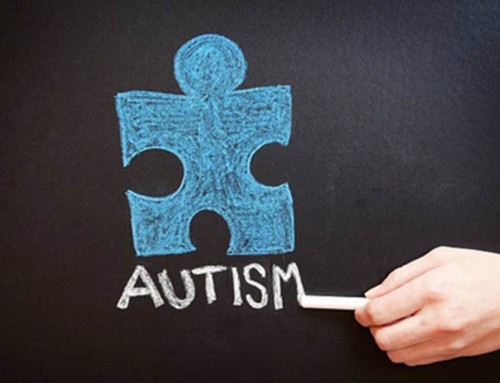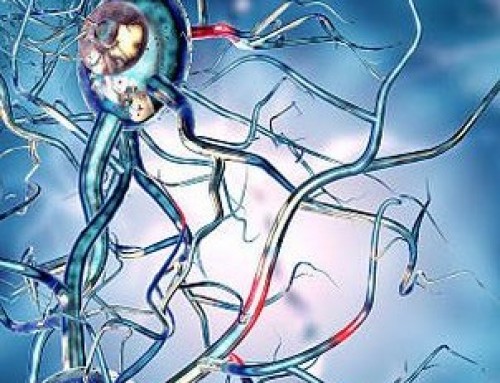 The University of Colorado Cancer Center released interesting findings on July 29, 2016. They evaluated the results of cord blood transplants compared to bone marrow transplants where the donor was a match but not a relative.
The University of Colorado Cancer Center released interesting findings on July 29, 2016. They evaluated the results of cord blood transplants compared to bone marrow transplants where the donor was a match but not a relative.
The research team evaluated leukemia patient results three years after the transplant. One area of focus was to assess the frequency with which patients had developed chronic-graft-versus-host disease.
Chronic-Graft-Versus-Host Disease (GVHD)
Chronic-graft-versus-host disease occurs when the immune cells derived from a transplant attack the cells in the body of the host. According to the Fred Hutchinson Cancer Research Center, GVHD is common in transplants. They see the effects in up to 70% of patients.
Patient symptoms typically show up within a few months of the transplant and can have a wide range of impacts on quality of life. While some patients have expressed a mild inconvenience, others experience several or even debilitating results.
The Fred Hutchinson Center is on the leading edge for research.
Fred Hutch is headquarters to the Chronic Graft-versus-host Disease Consortium, a large network of researchers funded by the National Institutes of Health working to better understand and treat the disease. The consortium recently completed a study of 1,000 people living with chronic GVHD that revealed new risk factors for the disease and biomarkers, or biological signposts, to help detect, diagnose and predict patient outcome.
Cord Blood Transplant Results Were Better
The University of Colorado research team looked closely at patient results between 2009 and 2014. They identified that GVHD was 44% for patients with bone marrow transplants from matched; but unrelated donors. This compared to an 8% incidence of chronic graft-versus-host disease for cord blood transplant recipients.
“A lot of centers reserved cord blood transplants for their worst cases, and so it got an early reputation for being less successful. It also costs a bit more – it takes cord blood cells a little longer to get going and so patients need to be supported a little longer. However, when you look past the first 100 days – a point at which many centers stop collecting data – there is clear evidence that cord blood outperforms cells from matched, unrelated donors.”
– Jonathan Gutman, MD, investigator at the CU Cancer Center and Clinical Director of Allogeneic Stem Cell Transplantation at University of Colorado Hospital.
Dr. Gutman’s observation is clear. Cord blood transplants outperform matched; but unrelated bone marrow transplants. This is another solid reason to store cord blood following the birth of a child.
Results from this study were initially published in the Journal Bone Marrow Transplant. The publication can also be found on the University of Colorado Cancer Center Blog.

References:
Bone Marrow Transplant. 2016 Jul 11. doi: 10.1038/bmt.2016.186. Chronic graft versus host disease burden and late transplant complications are lower following adult double cord blood versus matched unrelated donor peripheral blood transplantation. Gutman JA, Ross K, Smith C, Myint H, Lee CK, Salit R, Milano, Delaney C, Gao D, Pollyea D.





